 address:201, Factory 6, Longhui Industrial Park, Fuqiao 3rd District, Xinhe Community, Fuhai Street, Baoan District, Shenzhen china
address:201, Factory 6, Longhui Industrial Park, Fuqiao 3rd District, Xinhe Community, Fuhai Street, Baoan District, Shenzhen china
FFC PCB vs FPC Printed Circuit Board: The Main Differences Between the Two
Electronic enthusiasts developing a circuit project may want to think about whether or not they should integrate an FFC PCB vs FPC Printed Circuit Board. Both cables possess varying capabilities and components that suit the intended application. However, users should also note that the FCC and FPC have different qualities, which may seem confusing to distinguish. For this reason, you may feel more uncertain when deciding between FFC and FPC for the best performance.
This article discusses the most important differences between the two, making it easier to understand their purpose. So let’s take a look!
Contents [hide]
1. What is FFC(Flexible flat cable)?
2. What is FPC(Flexible printed circuit)?
3. FFC/FPC Composition
4. FFC vs FPC: Application
5. FFC vs FPC: Production
6. FFC vs. FPC: Thickness
7. FPC vs. FFC: wiring
8. FPC vs. FFC: Inability to Replace Each Other
9. FFC FPC Connectors and Cables
Summary
1. What is FFC(Flexible flat cable)?
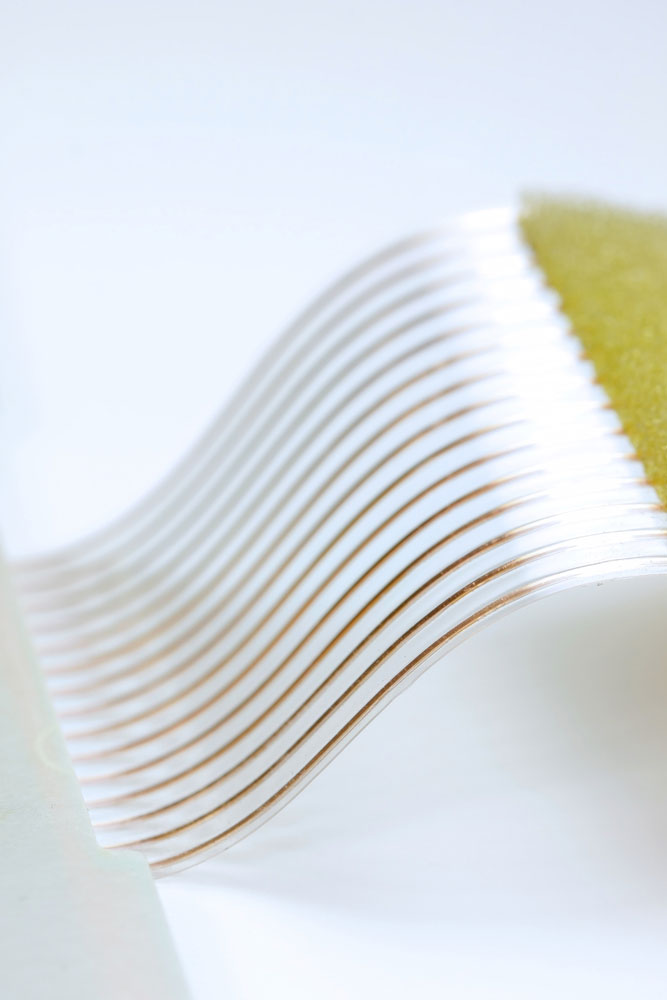
Image showing a flexible flat cable.
Flexible flat cable (FFC) refers to a bendable and flat electric cable that improves connectivity. These consist of a plastic film base and metal conductors that attaches to a surface. An FFC will also offer better RFI/EMI suppression with no wire coupling problems.
A flexible flat cable can operate in electronic devices and environments with extremely high temperatures (150 ℃). For example, you can find these connected in cars, cell phones, printers, and many other applications. Due to their thickness (0.5mm to 2.54mm), these special cables can also fit in tight spaces, making them more applicable.
2. What is FPC(Flexible printed circuit)?
Close-up image of a flexible printed circuit.
The flexible printed circuit (FPC) serves as a circuit with flexible components. Generally speaking, an FPC consists of copper conductor layers with a polyimide material and can measure up to 0.3mm thick. At the same time, they operate very well in extreme environments.
Overall, a flexible printed circuit makes rigid boards and all sorts of electronics more flexible.
Types of FPC board
Three main FPC boards exist on the market today.
Many flexible circuit board types exist on the market today, some of which include:
Single-layer flex: Single-sided circuits, the most affordable option, contain a polyimide or polymer dielectric conductor layer with metal on the side. These also feature a polyimide cover to keep the board insulated and protected.
Double-sided flex: Generally, these flexible circuits feature two conductor layers on each dielectric layer’s side. Each layer connects via copper-plated through-holes.
Multilayer flex: This FPC type forms various shapes and sizes and comes with several conductor layers. However, these cost more to fabricate versus single and double-layer flexible circuits.
3. FFC/FPC Composition
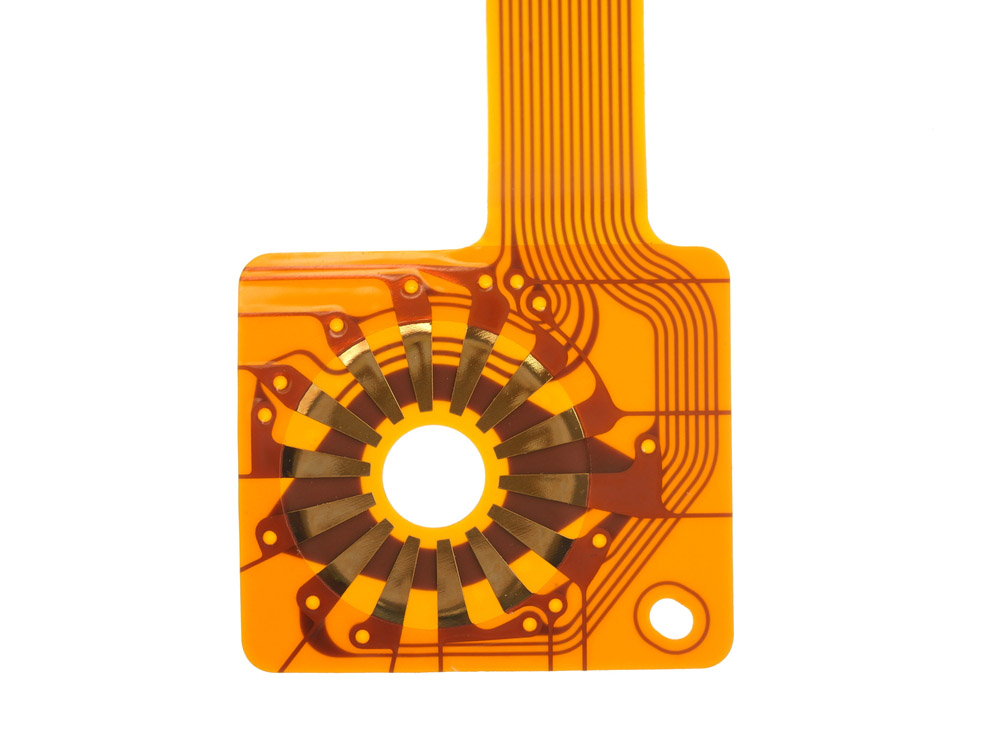
Both FFC and FPC consist of copper conductor layers.
detail of flexed printed circuit on white background
An FFC consists of thin copper conductors placed between two polyester layers. Each copper conductor undergoes tin-plating with its ends exposed, allowing the connector to form an electrical contact. In addition, the cable’s end features a stiffener that ensures the conductors stay mechanically stable while mating and unmating.
FPCs possess a very similar composition to flexible flat cables. One difference, for example, involves the specially patterned chemically-etched copper film. Typically, custom-made FPCs present applications for specific projects.
4. FFC vs FPC: Application
Both the FFC and FPC serve a unique purpose for everyday electronics. In this case, FFC cables work with high-flex applications. You can find them connected inside the following devices, for example:
An LCD TV features a flexible flat cable.
Scanners
LCD appliances
Fax machines
Stereos
Copiers
DVD players
Printers
Meanwhile, flexible circuits provide durability and reliability for any application. Some of which include:
Satellites contain flexible circuits.
Satellites
Hearing aids
Cameras
Calculators
Printers
Laptops
Antennas
Cell phones
LCD televisions
Antennas
5. FFC vs FPC: Production
Flexible flat cables have a different manufacturing process compared to FPCs.
Flexible flat cables undergo a different fabrication process compared to flexible printed circuits. For starters, flexible flat cables require a polyethylene terephthalate (PET) coating and flat copper wires. Two-layered wires place the foil atop the copper conductor. Producing FPC, on the other hand, involves Flexible Copper Clad Laminate (FCCL) etching and coating various layers afterward. As a result, this process will produce thicker FFCs versus flexible printed circuits.
6. FFC vs. FPC: Thickness
Flexible cables are thinner than flexible circuits.
Compared to flexible printed circuits, an FFC operates in many different settings. In this case, it provides a suitable solution for tight fields that rely on thicker cables.
Typically, FFC wires measure 0.5mm, 0.8mm, 1.0mm, 1.25mm, 1.27mm, 1.5mm, and 2.54mm thick for extreme environment applications. Meanwhile, FPC has a measured thickness from 0.15mm to 0.2mm, so they don’t require a lot of space.
7. FPC vs. FFC: wiring
FFC and FPC have different wiring qualities. In this case, wiring can ensure that a device can transmit data from one area to the next.
FFC wiring involves selecting the best wire amount and spacing for its intended application, including motherboards and mechanical components. Generally, this process significantly decreases manufacturing costs and an electronic device’s volume. It also boosts fabrication efficiency.
FPC wiring refers to copper circuit etching or applying a thick polymer film on the substrate. Compact, thin, and lightweight electronics rely on a one-sided circuit design or a multi-layer 3D PCB. Also, the wiring placement’s volume and weight have a 70% reduction versus conventional techniques. Additionally, the supported parts’ boosted strength contributes to the improved stability. Wiring makes data transmission possible between a PC’s hard disk and main board.
8. FPC vs. FFC: Inability to Replace Each Other
Components on the FPC and FCC cannot replace each other.
Most importantly, an FPC or FFC cannot replace the other for functionality and connectivity. The main reason for this has to do with their manufacturing process. Flexible printed circuit vulnerability also demonstrates this incapability.
At the same time, flexible flat cables feature excellent heat conductive materials. And this makes it extremely difficult to utilize them for similar capabilities as the others. Plus, PFCs and PFCs cannot supplant each other.
9. FFC FPC Connectors and Cables
FCCs and FPCs have two different connector types: ZIF and LIF.
Zero Insertion Force and Low Insertion Force are the most popular FCC and FPC types:
Zero Insertion Force (ZIF):
Zero Insertion Force with a flexible flat cable.
Source: Wikimedia Commons
The Zero Insertion Force connector provides 30 mating cycles for a flexible printed circuit and flexible flat cable. Plus, it contains a mechanical slider that clicks above the cable after pressing it in the insulator slot.
Low Insertion Force (LIF)
An example image of a low insertion force connector on a hard disk.
Source: Wikimedia Commons
On the other hand, Low Insertion Force only provides ten mating cycles, making it less durable than ZIF. This connector also serves as an affordable, reliable option requiring users to press it lightly into the slot.
Summary
As you can see, FFC and FPC provide some essential differences contributing to their performance. For example, each one supports different wiring layouts for a specific application. That includes connecting a hard drive to the motherboard for data transmission. Plus, each one operates best in their respective settings with sufficient space. You should also note the differences in measured thickness between the two. That way, you can utilize and fit them in the best manner possible.
Do you have any questions regarding FFC vs. FPC? Feel free to contact us!
-
No comment





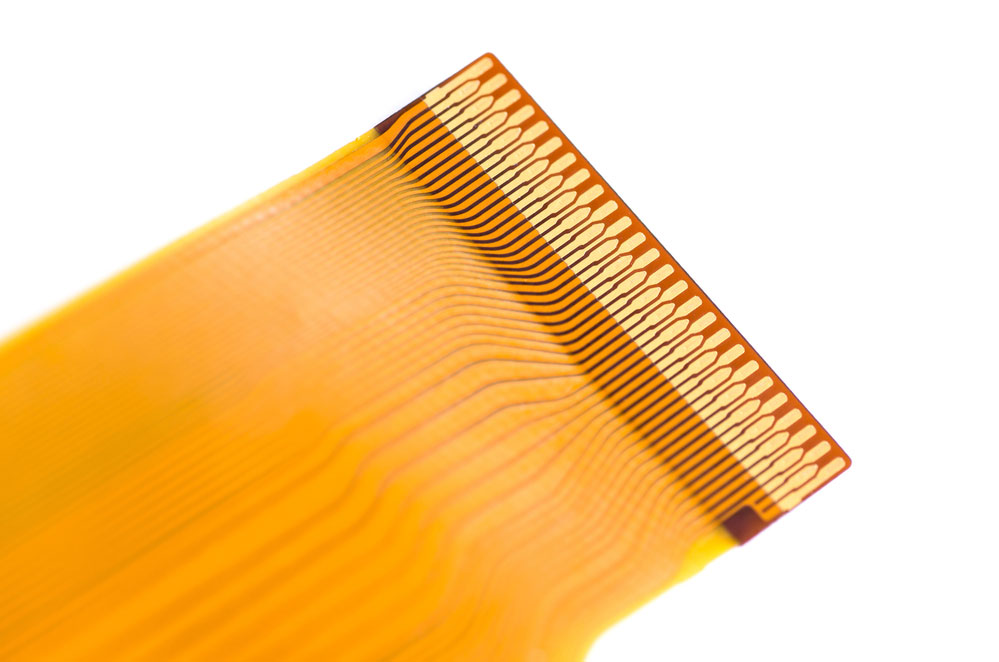
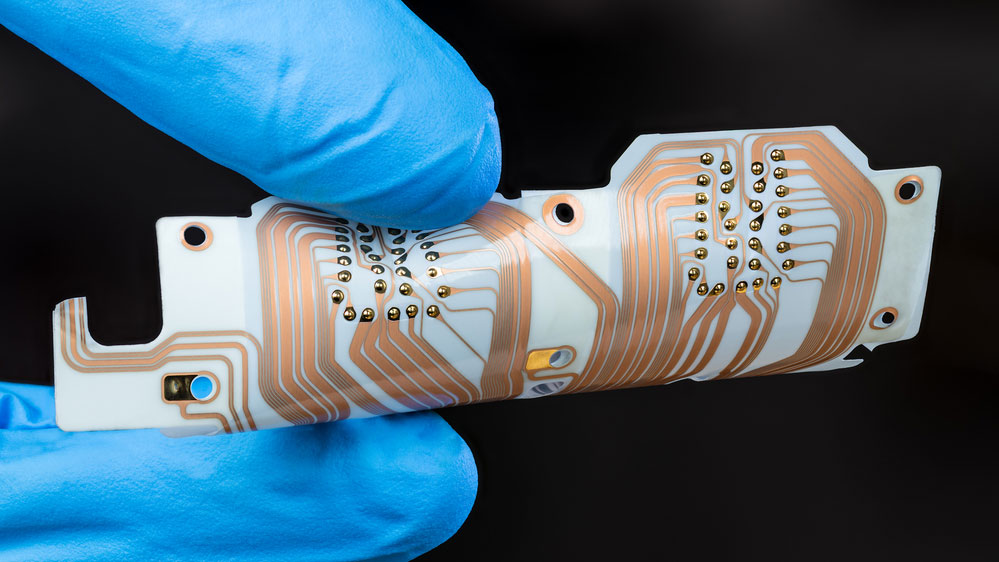

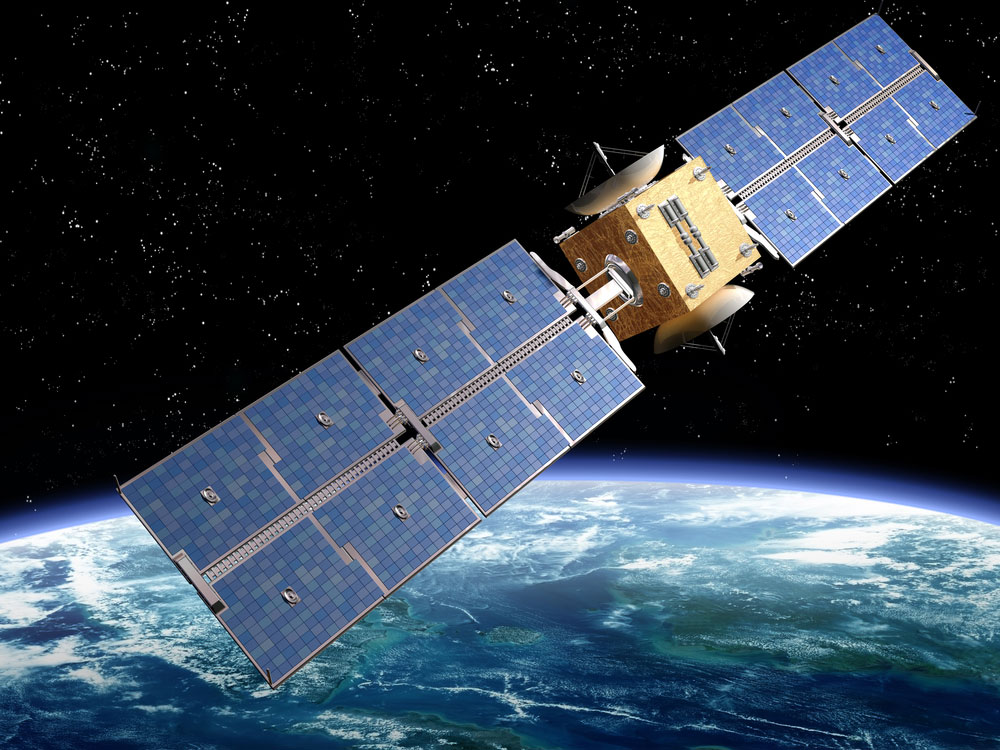

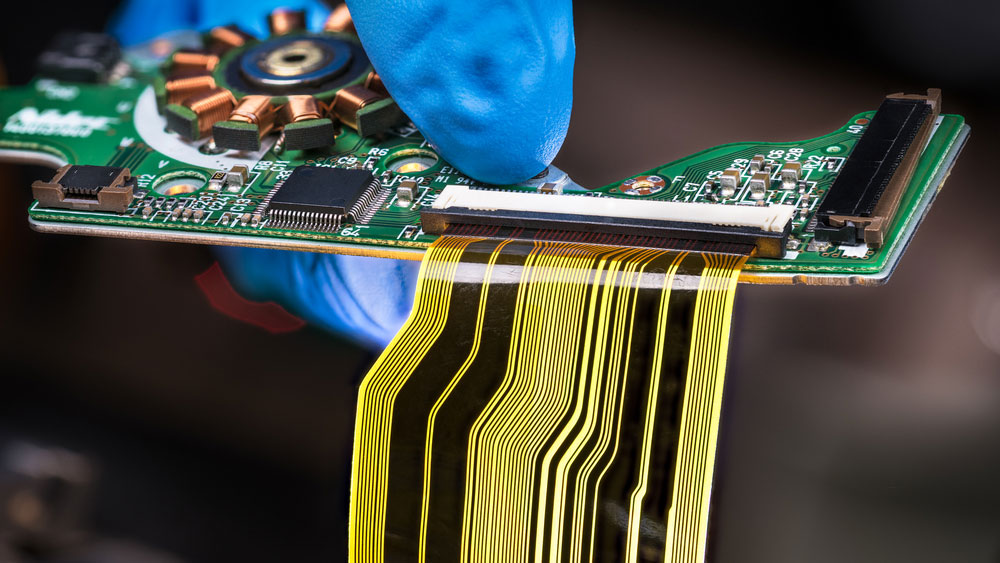
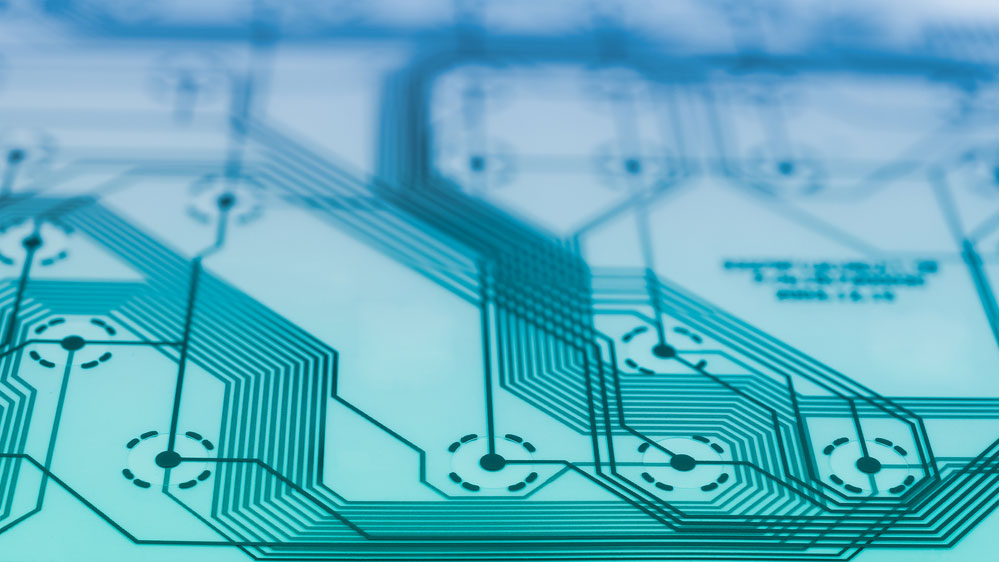
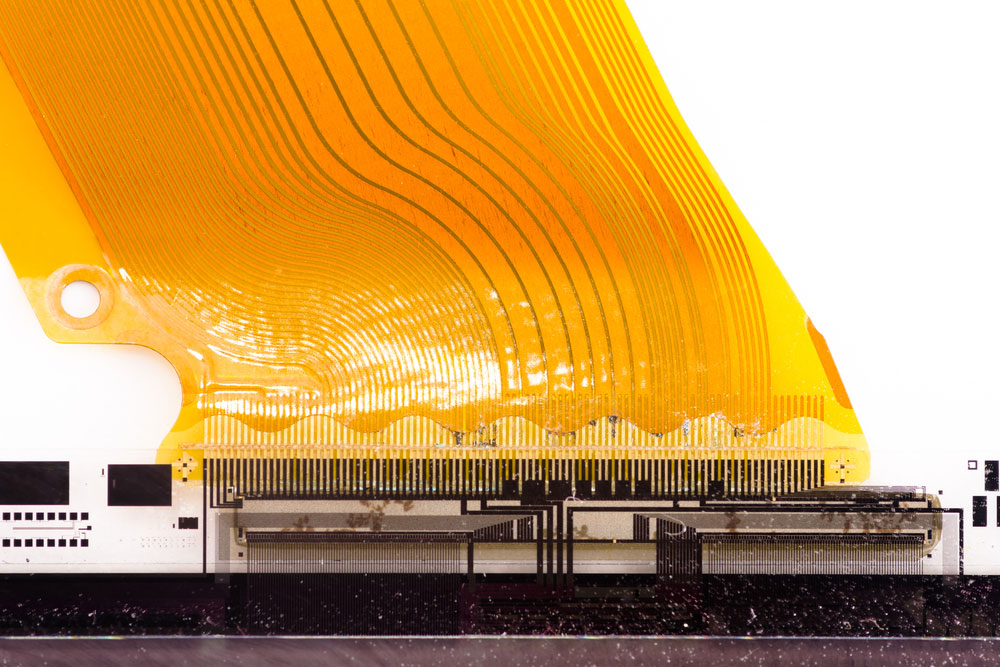
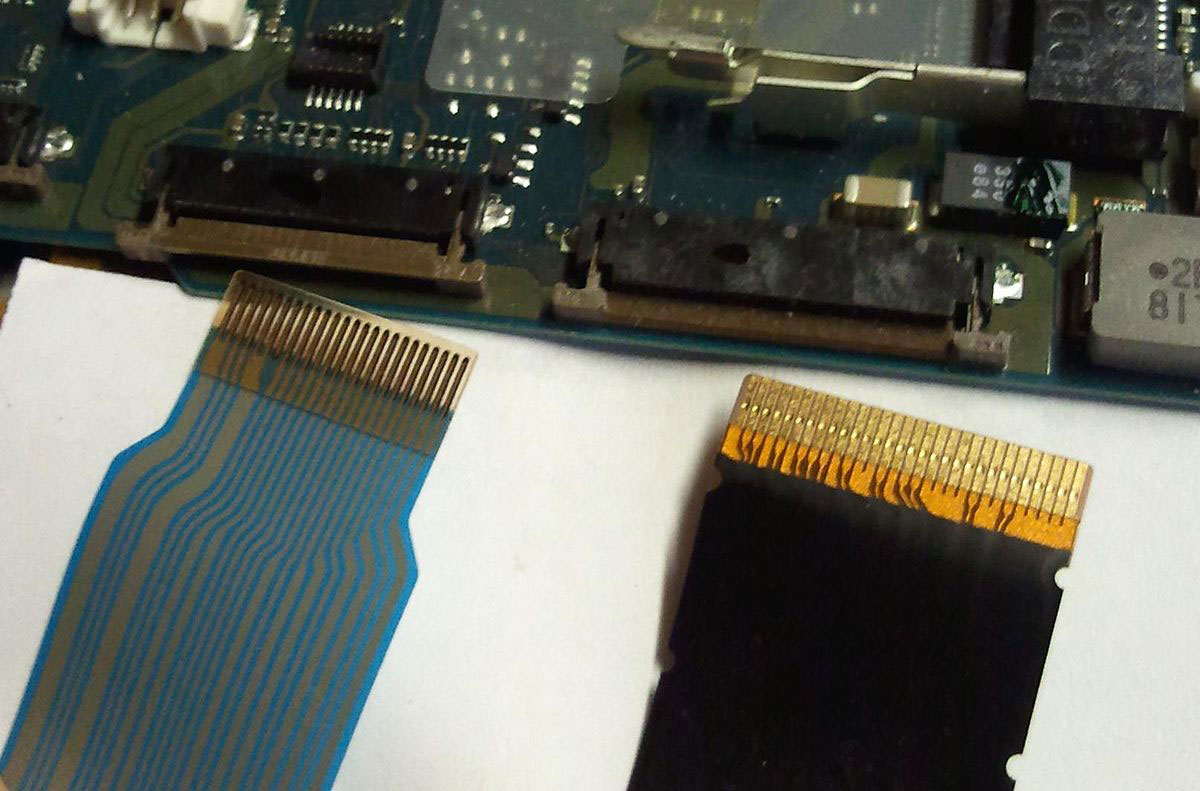
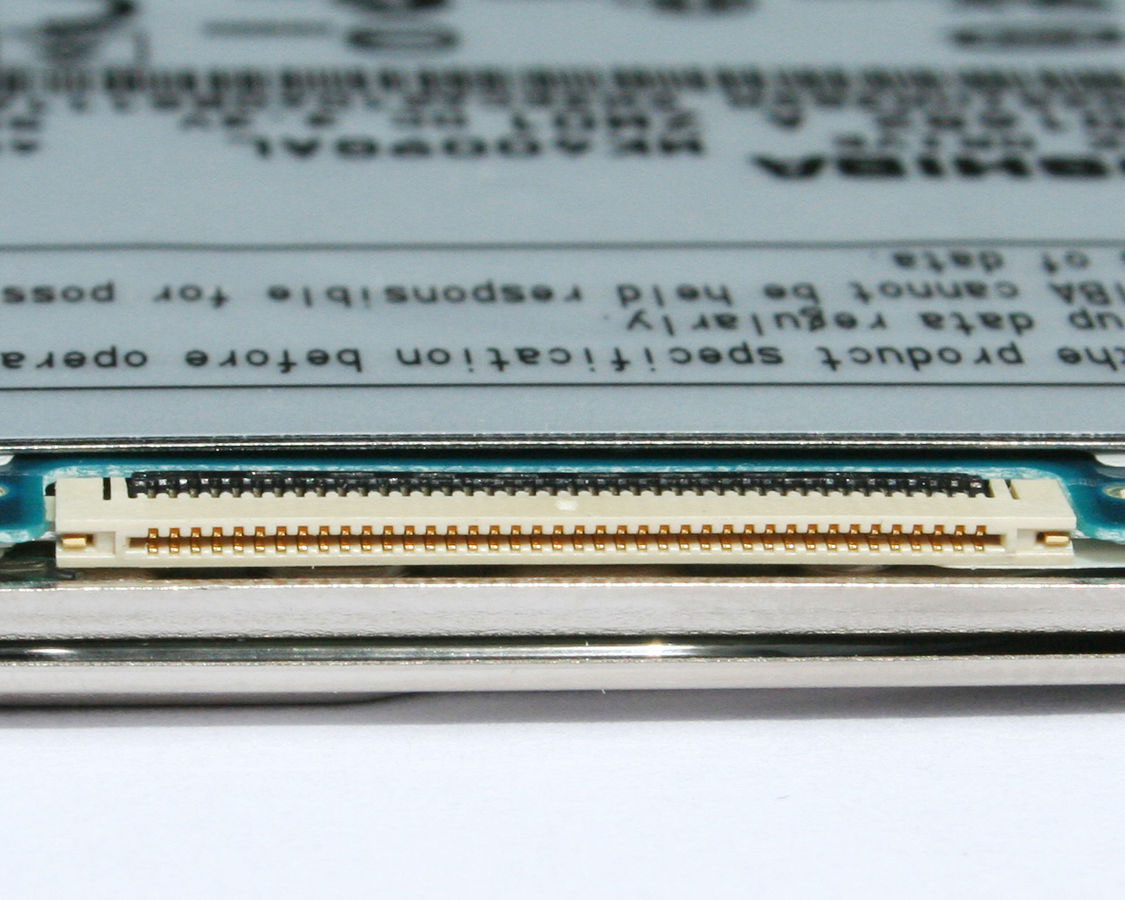
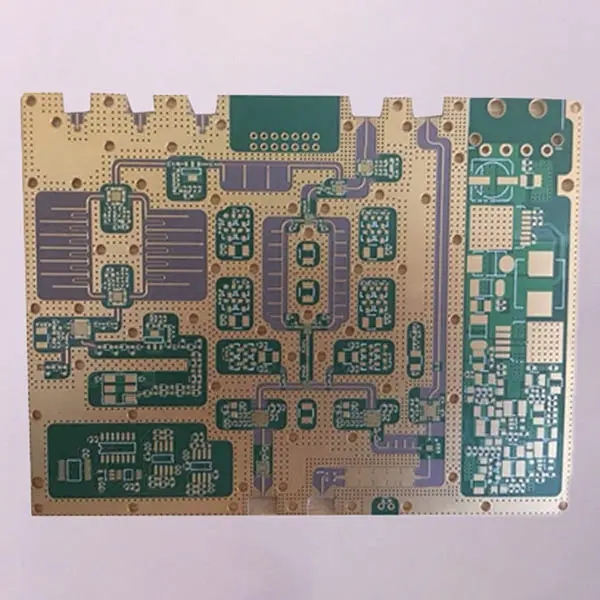
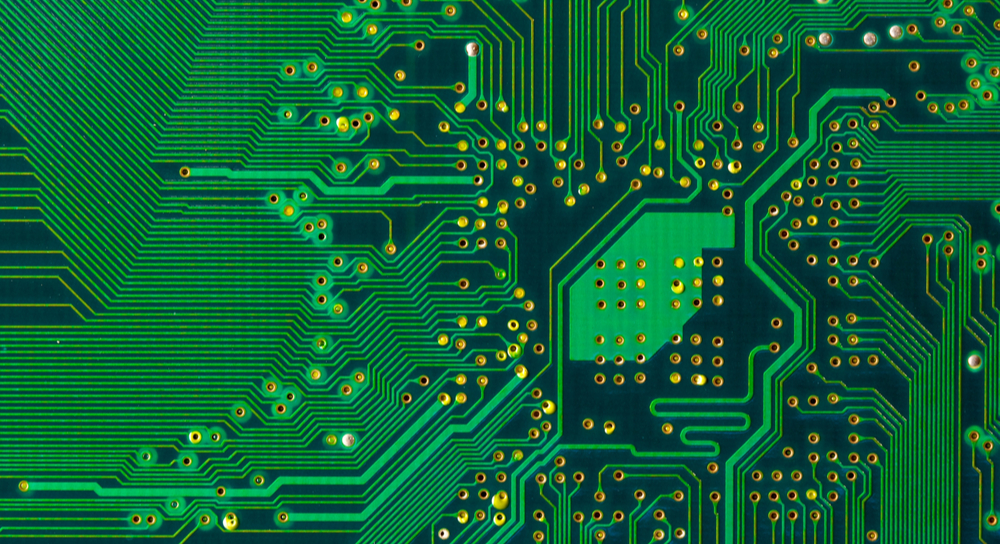
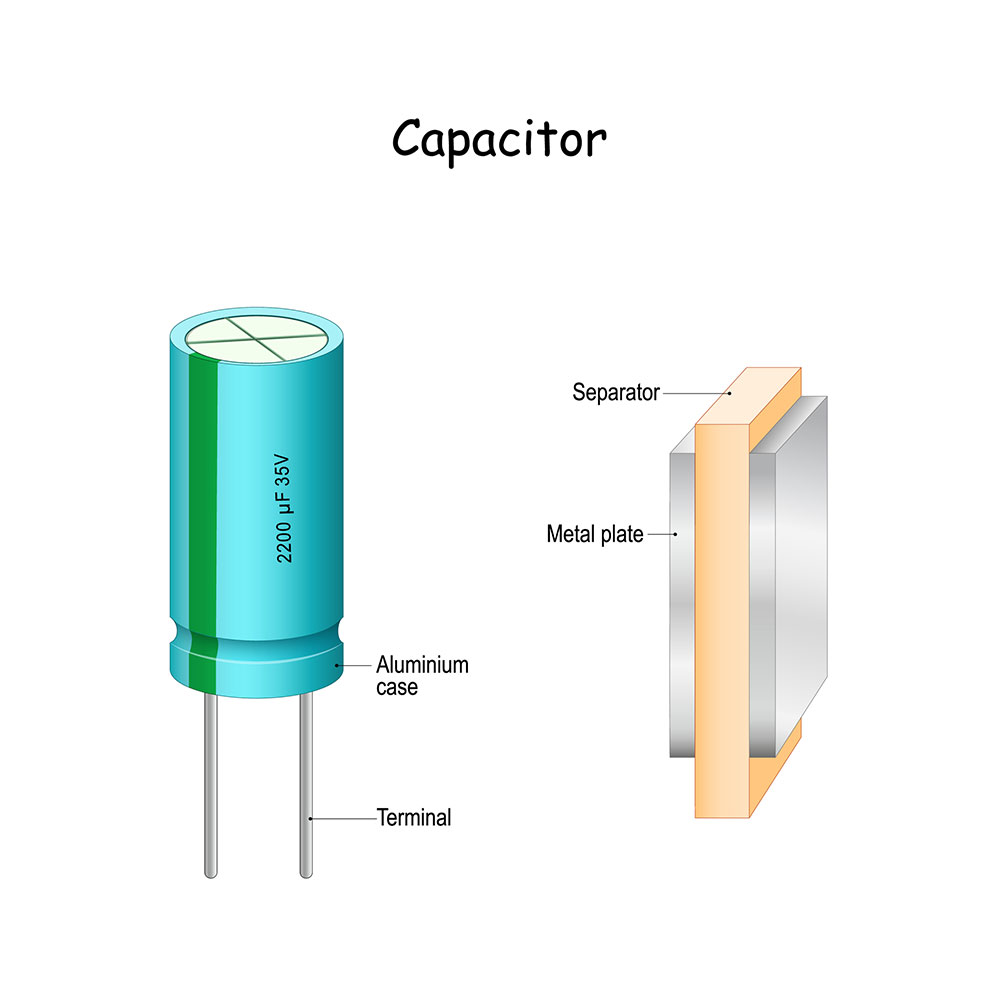
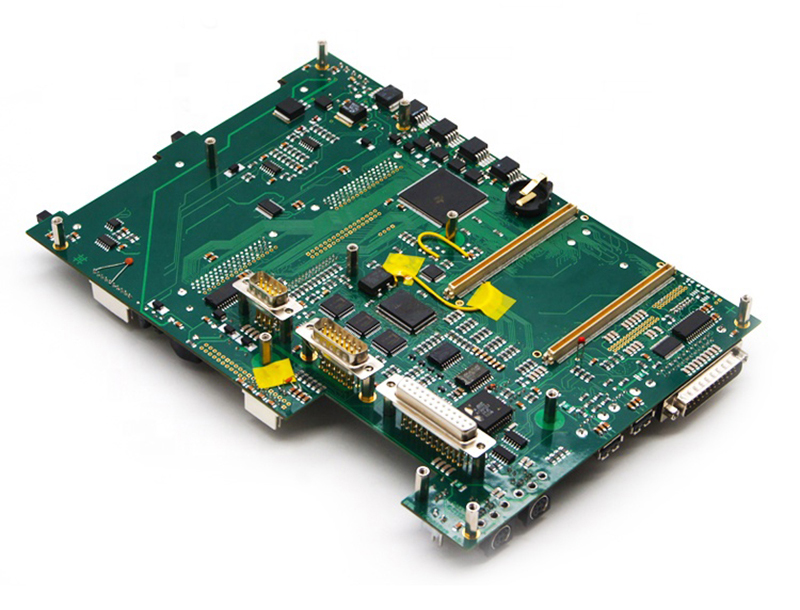



 tel:+86-18825224069
tel:+86-18825224069 email:
email:





















